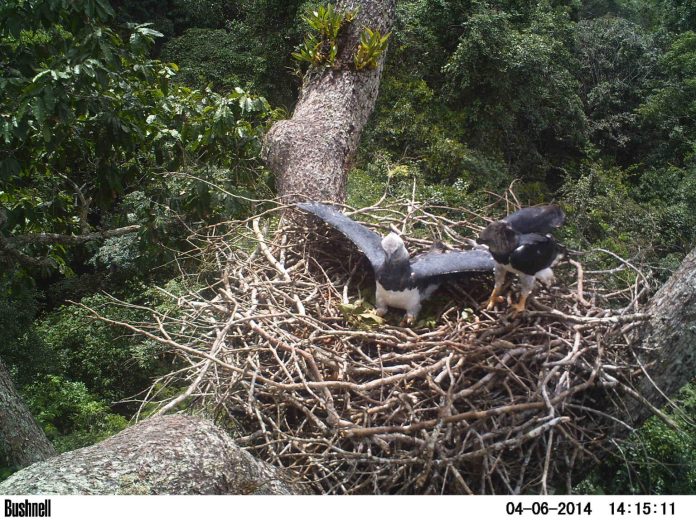Camera traps are widely used to monitor biodiversity and guide conservation efforts, but a new study finds these devices are not as prevalent in highly biodiverse areas facing significant threats from human activities, such as the Congo Basin and the Amazon Rainforest. Even in regions with many camera-trap studies, nearly two-thirds were conducted outside the highest-risk areas for animal extinctions.
Study Highlights Disparities in Camera Trap Research
The study, published in the journal Remote Sensing in Ecology and Conservation, shows that factors such as country income, accessibility, mammal diversity, and biome largely determine the locations of nearly two-thirds of camera-trap research. This results in a significant gap in monitoring efforts in the most threatened areas.
Importance of Camera Traps in Biodiversity Monitoring
Camera traps have become essential tools for monitoring biodiversity and studying elusive species. These devices provide invaluable data on wildlife health, numbers, and behaviors, which can inform conservation actions. However, the effectiveness of these efforts depends on deploying camera traps in biodiversity hotspots facing the highest threats.
The Need for Expanded Camera Trap Networks
The study found a significant disparity between camera trap locations and regions with the highest risk of mammalian extinction. Country income, accessibility, and biome type were major determinants of where camera traps were deployed, with many high-risk areas like the Congo Basin and Amazon Rainforest being underrepresented.
Barriers to Camera Trap Deployment
The lack of camera traps in low-income countries is primarily due to limited research funding and infrastructure. Camera traps, which cost around $150 to $200 each, can be prohibitively expensive for scientists operating on limited budgets. Additionally, these countries often lack the necessary facilities for data storage, analysis, and internet connectivity.
The Impact of Conflict on Research
Conflict in regions like the Congo Basin further complicates research efforts. Countries with a history of conflict face significant challenges in conducting fieldwork, leading to a lack of camera trap studies in these high-risk areas.
Addressing Disparities in Camera Trap Research
To address these disparities, experts suggest expanding camera trap networks, building capacity among local researchers, and leveraging tools and platforms for data sharing and analysis. Collaborative efforts should focus on empowering local researchers with the skills needed to design studies, analyze data, and publish findings.
The Role of Collaborative Research
Collaborations between researchers from high-income and low-income countries can yield more equitable and impactful outcomes. By working together, they can design studies that address local conservation concerns and priorities, ensuring that the data collected benefits local efforts.
Conclusion
Expanding camera trap networks and building local research capacity are crucial steps toward addressing the disparities in biodiversity monitoring. By empowering local researchers and leveraging modern tools and platforms, conservation efforts can be more effective in protecting the world’s most threatened wildlife.







